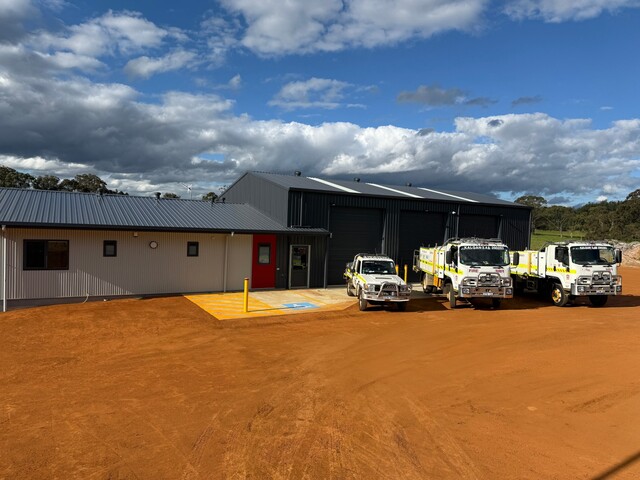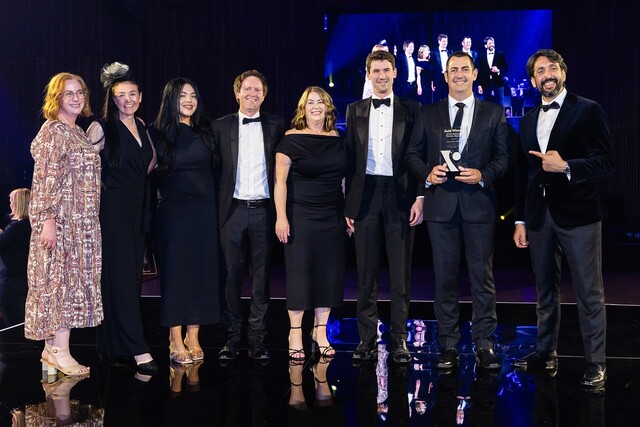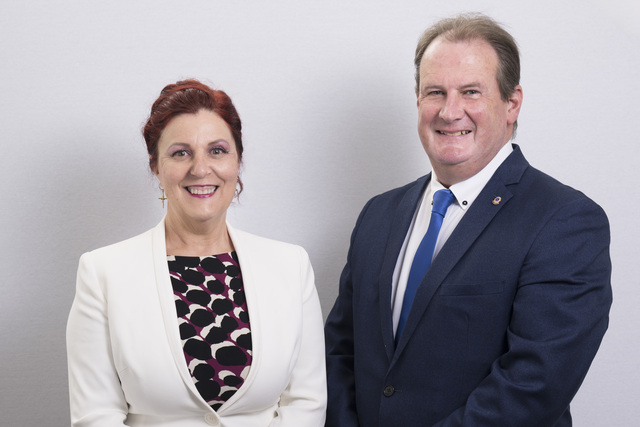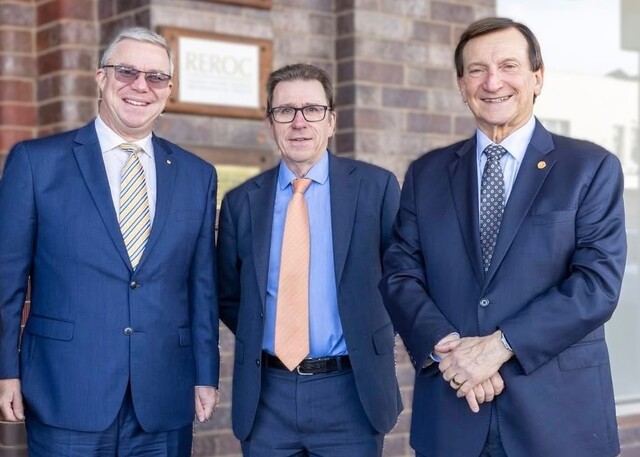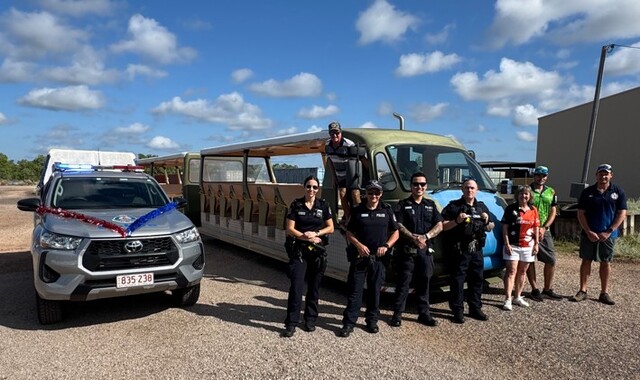The decline in building standards is causing alarm – the aluminium cladding fiasco in Melbourne, high rise buildings literally coming apart in Sydney, and a huge debate in the Canberra economy about shoddy building practices.
There is a crisis of confidence in the sector, and it stems back to the introduction of private certification in the 1990s.
So it was appropriate that federal, state and territory authorities met last month to examine how to implement the recommendations of the Shergold-Weir Report; and federal industry minister Karen Andrews shone during the proceedings. Her engineering background made her well-placed to deal with the issues. Light years ahead of her predecessor.
The Shergold-Weir Report surfaced 18 months ago with 24 recommendations. It observed that regulatory oversight of the role of private surveyors has been patchy – ‘proactive audits of private building surveyors were not done or had only commenced in the past three-four years…intervention is rare.
State licensing bodies have cancelled the registration of a relatively small number of private building surveyors in only two jurisdictions…
a common complaint from local government associations is that they are expected to undertake enforcement related to the poor practices of private building surveyors without being adequately resourced.’
All of the above rings true. We’ve gone from a widely-admired, though sometimes slow, system of building regulation to one tainted with conflicts of interest and poor practice. And local government has been shunted into the background in the process.
I’ve got a bit of skin on this game having been part of the federal machinery to which the private certification pitch was made.
Victoria led the charge, arguing that time savings and productivity benefits would ensue from private certification. Their proposition was valid then, but has obviously weakened due to lax regulation and other factors. The upshot is that Victoria is now asking the feds to contribute possibly half of the $600 million needed to rectify the buildings in the highest-risk category!
I’ve no inside knowledge as to whether Minister Karen Andrews will accede to Victoria’s request, but I trust she won’t. The problem is at the state level, the states have stronger budgets, and if Victoria gets federal help, the other states and territories will surely follow suit.
Creative Arts in San Francisco and beyond
Between the Golden Gate Bridge and Fishermen’s Wharf in San Francisco is Fort Mason, the main logistics base from which the US Army supplied soldiers and equipment during the world wars, Vietnam and Korea.
I actually stumbled onto the place while going for a stroll. No signage, no sentries and not many people. The site is now an arts precinct of sorts – huge wharves and old buildings containing an array of not-for-profit artistic groups.
One of the administrators explained that the US Secretary of Defense handed over the Fort in the 1970s for virtually nothing, after strong lobbying by the local folk. I asked if there were plans to ‘rev it up’ given that it sits on 21 acres of absolutely prime real estate. The administrator gave me an unfriendly look, but I bumbled on by musing about its potential as a major education-training hub for budding artists, with galleries selling their art to busloads of Japanese tourists – and Aussie wanderers looking for real mementoes rather than touristy photo-prints. He wasn’t buying it.
A few days later I was in Portland (Oregon), a seriously nice city with an Adelaide feel about it – a river flanking the Downtown, nice restaurants and bars, calm traffic etc. Then blow me down, I come across Artistic Portland, a classy retail gallery doing exactly what Fort Mason needs.
The gallery is operated by 40 professional artists who rent the 400 square metres to sell their wares. A nice lady named Katrina explained that they share the sales duties, and host wine and cheese functions etc.
On arrival back in Canberra, I rang Defence property divestments to see if they’ve ever done anything remotely like a ‘Fort Mason’ handover to public interest agencies. Deathly silence. I guess that’s always going to be the case unless local champions can argue long and strong for such deals.
On the positive side, visit Artistic Portland if you’re ever there – or go to artisticportland.com.
Creativity comes from spontaneous meetings
During last month’s visit to San Francisco, an IT whiz employed by Uber introduced me to the late Steve Job’s biography.
Jobs jointly founded Apple in his parents’ garage in Los Altos, which later became part of Silicon Valley, 40 minutes south of San Francisco. By all accounts, he was a force of nature. The 600 page account of Jobs’ life by Walter Isaacson is a stunning work. Do yourself a favour and read it. Below is a memorable extract.
Despite being a denizen of the digital world, or maybe because he knew too well its isolating potential, Jobs was a strong believer in face-to-face meetings. ‘There’s a temptation in our networked age to think that ideas can be developed by email’ he said. ‘That’s crazy. Creativity comes from spontaneous meetings, from random discussions. You run into someone, you ask what they’re doing, you say “wow” and soon you’re cooking up all sorts of ideas.’
Rod Brown is a Canberra-based consultant and lobbyist specialising in industry/regional development, investment attraction and clusters, and accessing federal grants. He also runs the Cockatoo Network.
Phone: (02) 6231 7261 or 0412 922 559
Email: apdcockatoo[@]iprimus.com.au


